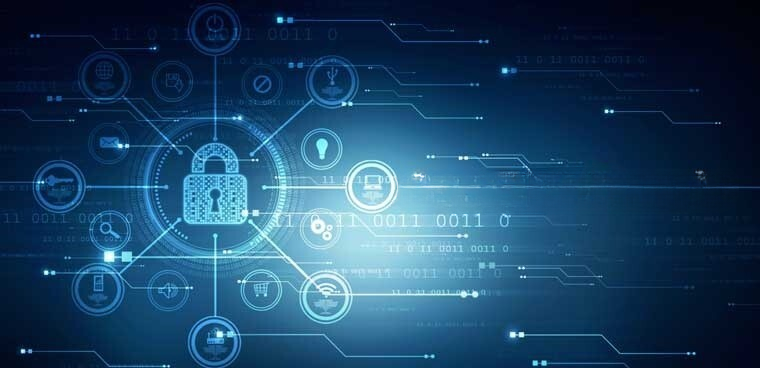The Microsoft Outage: A Stark Reminder of Cloud Dependence and Operational Risks
On July 18th, 2024, a significant cloud service disruption rippled through Microsoft's global network, impacting millions of users worldwide. The culprit? An update from CrowdStrike, a major player in cybersecurity, that triggered the infamous "Blue Screen of Death" (BSOD) on countless Windows devices. This incident serves as a stark reminder of the inherent risks associated with our heavy reliance on cloud services and the critical importance of operational resilience. The outage, which lasted for several hours, affected a wide range of Microsoft services, including: Microsoft 365: Businesses found themselves unable to access essential applications like Teams, Outlook, and SharePoint, hindering communication and collaboration. Azure: The disruption impacted cloud-based infrastructure and applications, causing downtime for various services across sectors. Windows: The BSOD errors rendered many Windows devices unusable, disrupting workflows and productivity. The consequences were widespread. Airlines grounded flights d...
Banking as a Service: Navigating Challenges and Seizing Opportunities
In the rapidly evolving landscape of financial technology, the concept of "Banking as a Service" (BaaS) has emerged as a game-changer, reshaping the traditional banking industry. BaaS refers to the practice of offering banking and financial services through Application Programming Interfaces (APIs), enabling third-party developers to create new applications and services. This approach has introduced a plethora of opportunities while also presenting its fair share of challenges. Challenges of Banking as a Service: Regulatory Compliance: One of the foremost challenges in the BaaS model is navigating the complex web of regulations that govern the financial industry. Traditional banks are subject to stringent regulations aimed at ensuring consumer protection, financial stability, and prevention of money laundering. When third-party developers enter the picture, ensuring compliance becomes more intricate. Striking a balance between innovation and adherence to regulations is crucial. Data Security and Privacy: The sharing of fina...

The Future of Zero-Trust Security in the Era of Deepfake Technology
In the realm of cybersecurity, where threats continually evolve and digital landscapes expand, the emergence of deepfake technology presents an unprecedented challenge. Deepfakes, fueled by artificial intelligence (AI) and machine learning, can fabricate hyper-realistic videos and audio clips, blurring the line between reality and deception. In this context, the future of zero-trust security takes on new dimensions, requiring innovative strategies to combat the growing threat of deepfakes. Understanding Deepfakes: A New Frontier of Deception: Deepfakes are sophisticated manipulations of audio, images, and videos that convincingly replicate real individuals or events. Utilizing AI algorithms, these fakes can simulate genuine expressions, voices, and gestures, making them difficult to discern from authentic content. As deepfake technology advances, it poses significant risks to industries, governments, and individuals alike. The Convergence of Deepfakes and Zero-Trust Security: Zero-trust security operates on the...

Zero-Trust Security: Redefining Cybersecurity Beyond Biometrics
In today's interconnected and digitalized world, securing sensitive data and maintaining the integrity of information has become a paramount concern. Traditional security models built on perimeter defense are no longer sufficient, as cyber threats continue to evolve. Enter the "zero-trust" security model, a paradigm shift that challenges the notion of trust and revolutionizes the way organizations safeguard their digital assets. This article delves into the world of zero-trust security, its core principles, and its transformative impact on cybersecurity, surpassing the boundaries of biometrics alone. The Evolution of Trust: From Perimeters to Zero-Trust: Historically, cybersecurity relied on the concept of perimeter defense, assuming that once inside a network, users and devices could be trusted. However, the rapid rise of cyberattacks and data breaches exposed the vulnerability of this approach. The zero-trust model emerged in response, advocating a "never trust, always verify" philosophy. In a zero-trust framework, trust is not ...

